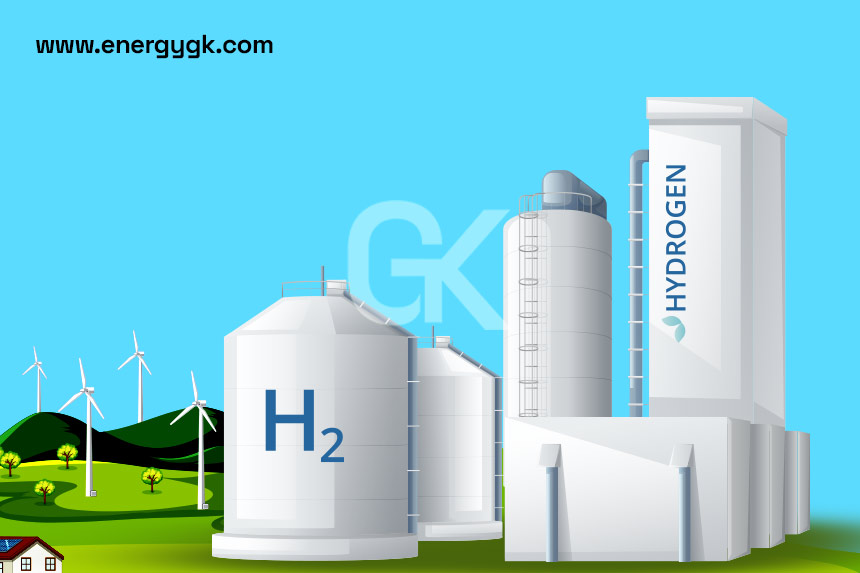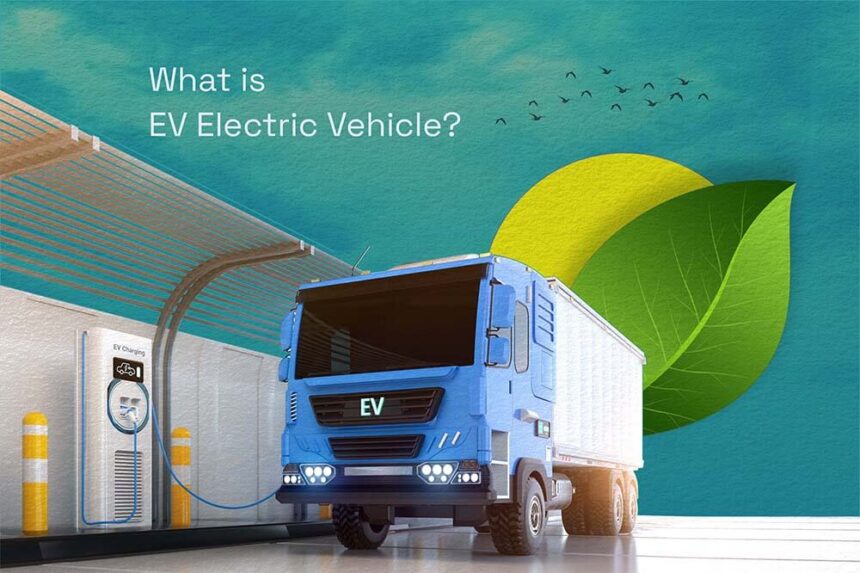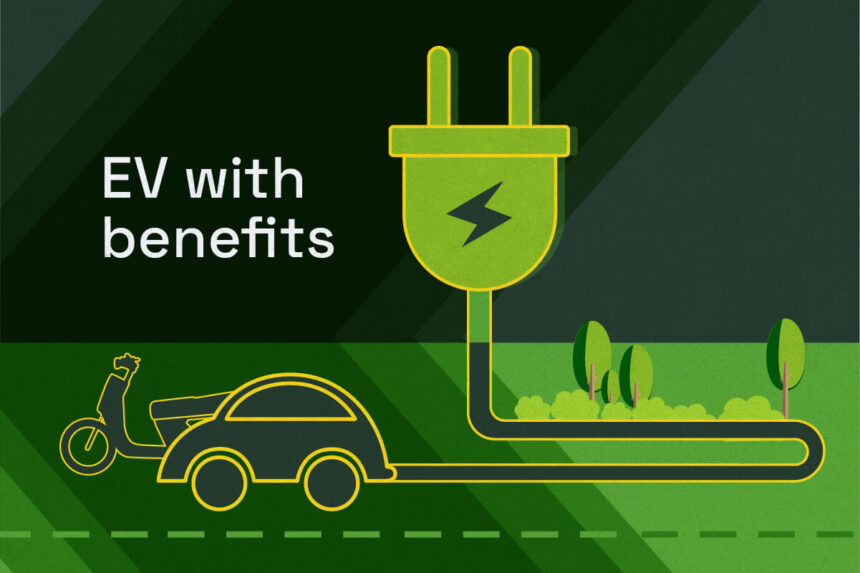Energy-efficient appliances are more crucial than ever in India a country with a rapidly expanding economy and a high demand for power. Lets investigate the cost-effectiveness of these appliances by looking at their upfront costs potential savings and environmental benefits all of which are specific to the Indian context. However are they really worth the investment for Indian households?
Recognizing Appliance Energy Efficiency.
Energy-efficient appliances are made to function better while using less energy. They accomplish this by using cutting-edge technologies and creative designs. Typical energy-efficient appliances in India are as follows. Improved insulation and compressor efficiency are being used in refrigerators.
Dishwashers: Equipped with intelligent sensors and motors that operate at peak efficiency. Improved heat exchangers and variable speed compressors are being used in air conditioners.
Lighting: Traditional CFL and incandescent lightbulbs are being replaced. Ceiling fans: Using motors that use less energy. Costs Up Front vs. Long-Term Funding. The increased initial outlay for energy-efficient appliances is among Indian consumers top concerns. The long-term electricity bill savings however must be taken into account.
Refrigerators: Although an energy-efficient refrigerator may cost ₹5000–₹10000 more than a standard model it can save ₹2000–₹3000 on electricity annually. This easily covers the higher initial investment over a ten-year period in savings of ₹20000–₹30000.
Washing machines: While they may initially cost an extra ₹10000–₹15000 high-efficiency washing machines can result in yearly electricity and water bill savings of ₹3000–₹5000. The savings over a ten-year period can reach ₹30000–₹50000 easily surpassing the initial additional expense.
Air conditioners: Although energy-efficient air conditioners may cost ₹10000–₹15000 more they can result in annual savings of ₹5000–₹8000. The entire savings can amount to between ₹75000 and ₹120000 over the course of a 15-year lifespan.
LED Lighting: Although LED bulbs are more expensive than conventional incandescent bulbs they consume up to 75% less energy and have a 25-time longer lifespan. Quickly offsetting the higher initial cost are the savings on electricity bills.
Ceiling Fans: While they may cost an extra ₹1000–₹2000 energy-efficient ceiling fans can reduce annual electricity expenses by ₹1000–₹2000. This saves ₹10000–₹20000 over a ten-year period.
Advantages for the environment.
Energy-efficient appliances provide significant environmental advantages for India a country grappling with acute air pollution and water scarcity problems.
Diminished Energy Consumption: By consuming less energy these appliances contribute to a reduction in the overall demand for electricity which lessens the requirement for coal-fired power plants and subsequent greenhouse gas emissions.
Reduced Water Use: A lot of energy-efficient appliances like washing machines use less water which helps preserve this important resource in areas where water is scarce.
Diminished Carbon Footprint: By using less energy these appliances help households reduce their carbon footprint and fight global warming.
Rebates and Incentives in India.
The Indian government along with several state governments provides incentives and rebates to promote the adoption of energy-efficient appliances. Appliance star ratings are provided by the Bureau of Energy Efficiency (BEE) for labeling programs. Energy-efficient and frequently rebate-eligible appliances with higher ratings use less energy. State-level subsidies are provided by some governments to encourage the purchase of energy-efficient appliances like LED lightbulbs and solar water heaters.
Benefits from taxes: Depending on certain requirements energy-efficient commercial appliances may be eligible for tax breaks.
Indian Real-World Examples.
Numerous research studies and empirical instances illustrate the economic viability of energy-efficient appliances in India. Buying a 5-star refrigerator instead of an old one can save you up to ₹2000 a year on electricity bills according to the Bureau of Energy Efficiency (BEE). Indian Consumer Reports discovered that when energy and water savings are taken into account energy-efficient washing machines can save households about ₹3000 annually. A typical households annual electricity bills can be lowered by ₹1000–₹1500 by making the switch to LED bulbs according to the Energy Star Program.
Conclusion
For Indian households investing in energy-efficient appliances is definitely worthwhile. Although they are more expensive initially they end up saving money on utility bills over time and there may even be rebates available. Consumers can experience lower energy and water bills help create a more sustainable environment and ultimately see a higher return on investment by purchasing energy-efficient appliances. Indias environmentally conscious consumers will likely find these appliances to be a more appealing option as long as technology keeps getting better and more cost-effective.
Energy-efficient appliances can be a smart investment. By considering the long-term savings, environmental impact, and potential lifespan increase, you can make informed choices that save you money and benefit the planet.






